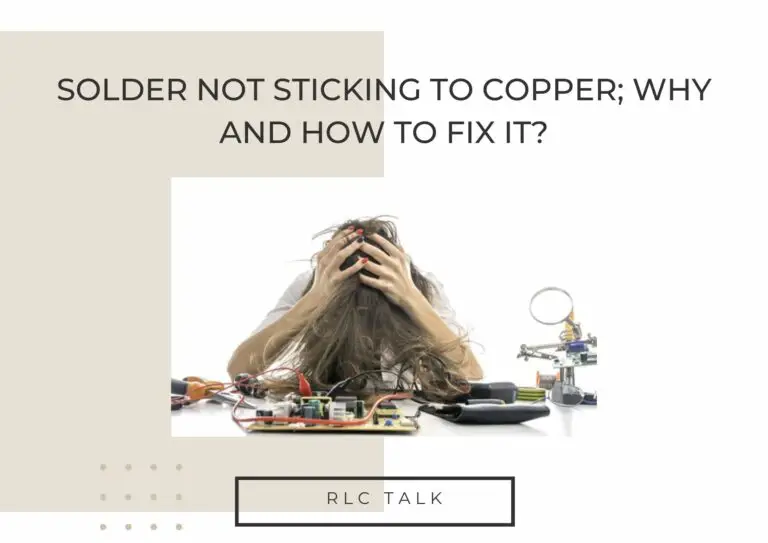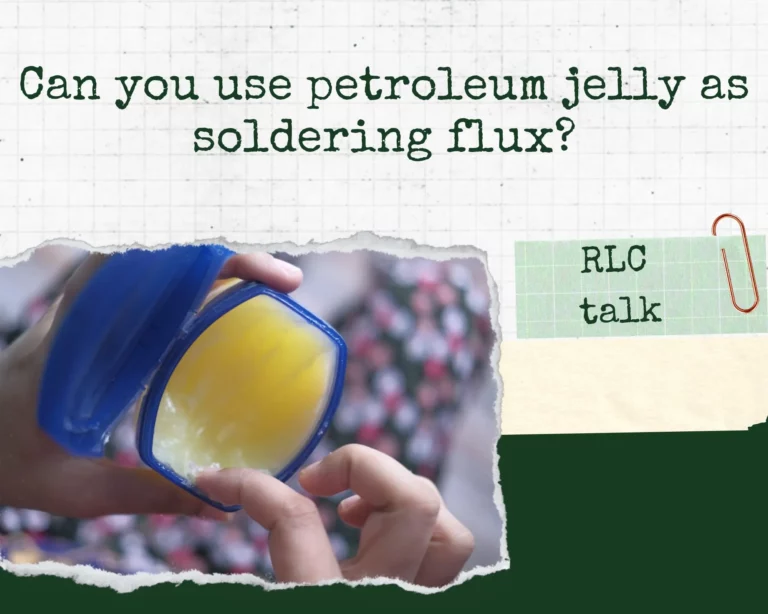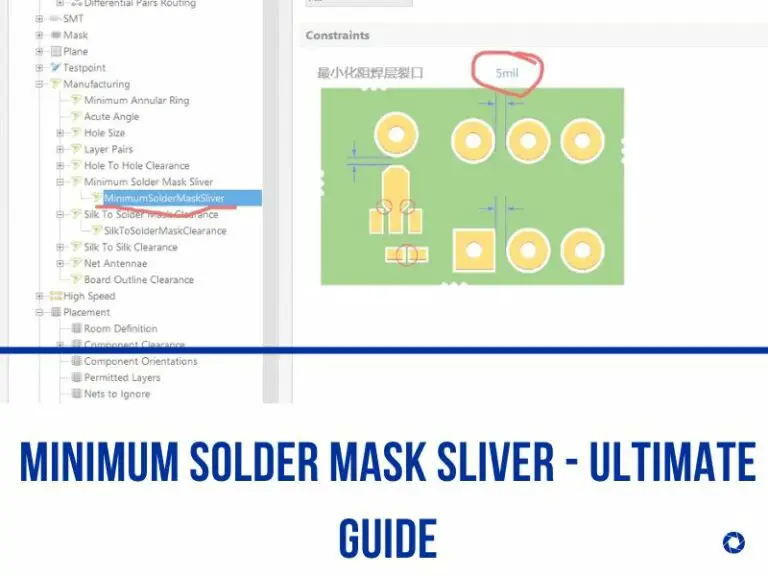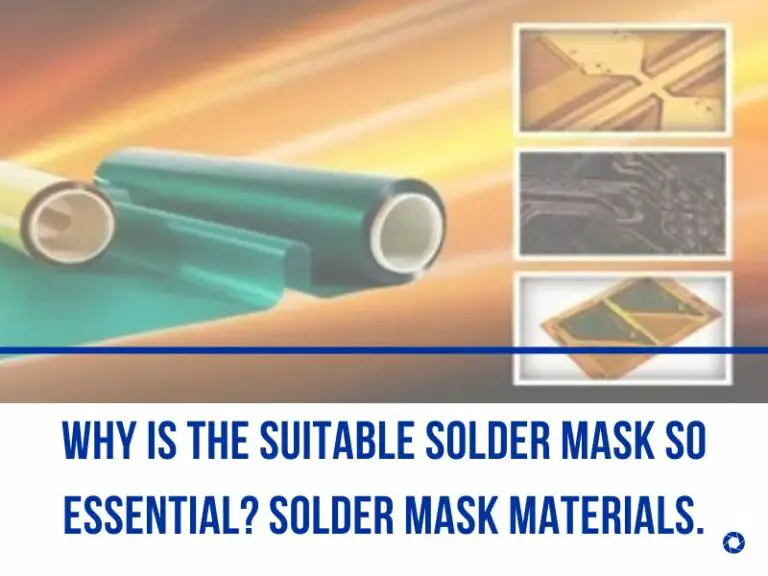Solder Tip Cleaning Wire Vs Sponge: Which Could Be The Ideal For You?
If you take care of the soldering tip, you can usually work with it for a longer period of time. As a result, the service life can be extended. The oxidation of the soldering tip is also prevented.
Cleaning the soldering tip has additional direct benefits when soldering. As a result, it is used for more than just preventing oxidation and extending service life. After cleaning, you have much better heat transfer and the solder melts much better. Furthermore, the soldering tip is simpler to wet with solder.
In this article, we discuss everything you need to know about solder tip cleaning mainly focusing on choosing the best one from the cleaning wire and the wet sponge. So stick around until the end to find out what you’ve been looking for.
How to use cleaning wire for solder cleaning?

As mentioned, cleaning the solder tip is very important for the long life of the tip as well as quick and better soldering. The cleaning wire does a good job here, and here is how to clean the solder tip with a cleaning wire.
- Clean off any particles or oxidation with a brass sponge or copper braid by inserting the tip and twisting a few times. If this doesn’t work, apply solder with a flux core and try again.
- If the tip is still dirty, use tip cleaner (also known as tip tinner or activator). This is a flux and solder mixture with a much higher flux concentration than standard flux core solder. Heat the soldering iron, then dip it in the cleaner and twist it to cover the entire tip.
- This contains flux, which helps to remove oxidation and buildup, and solder, which helps to re-tin the tip to protect and prolong its life.
- Using a wet sponge, brass sponge, or copper braid, remove any excess tip cleaner. If it is still not looking good at this point, it may be time to replace the tip.
What Is The Difference Between Solder Flux And Solder Paste?
RLC talk
How to use the wet sponge to clean the solder tip?

The sponge’s function is as follows: because it is porous, it holds water. When you rub a hot soldering iron tip on a wet sponge, the solder contracts at a different rate than the soldering iron, which helps to remove any globs of solder that may be clinging to the tip.
If the tip of the iron is clogged with gunk, it may not heat properly even if you heat it up and follow the instructions. If this is the case, turn off the iron and let it cool. After the iron has cooled, lightly sand the surface of the iron tip with 600 grit (or higher) sandpaper until it regains some luster. You are not attempting to remove metal, only oxidation.
Solder tip cleaning wire vs sponge: which one will be better?

A wet sponge cleans up a lot of flux or contaminants quickly. The brass sponge works fine, but it appears that you must train it to prevent solder splatter.
However, stabbing motions into the brass sponge seems to prevent solder splatter, in contrast, to simply laying the iron on top of it and rolling the iron as you would on a wet sponge.
I’m aware that some people have started following the rule “no-clean: brass sponge and flux, low flux: wet sponge.” They justified it by claiming that the flux builds up in the brass sponge, where it is then removed by the wet sponge.
Personally, I like using a damp sponge. The sponge has a hole in the center that contains a small metal cup of SMT solder paste that is about 5/8″ in diameter. The paste tip is what Weller refers to as a cleaner and activator.
The tip is cleaned more thoroughly by the damp sponge than by the pot scrubber, and no solder is ever thrown. I also dislike the thought of rubbing anything potentially abrasive with my pricey Metal tips. simply my personal bias.
The tip is perfectly clean and tinned after a quick wipe with a sponge and, if necessary, a dip in the solder paste.
Does Solder Conduct Electricity?
RLC talk
What is the most popular method for cleaning the tip of the soldering iron?
The most popular technique for cleaning the tip is with a wet sponge. It comes as standard equipment on almost all soldering stations.
You should clean your soldering iron frequently if you own one and want to keep it in good condition. The iron tips are susceptible to corroding or rusting because they come into contact with hot metals. However, you can avoid metal buildup and tip damage over time by regularly cleaning and tinning the tip.
How do you refresh the tip of a solder?
Wait while it is heated to about 350°C. At the tip, the solder should stick after melting. If not, you must completely remove the solder and grind the tip once more. A refurbished soldering tip can be obtained by cleaning the tinned tip.
How should a soldering iron tip be cared for?
Use alcohol and a clean cloth to clean the surface to be soldered of contaminants like grease, corrosion, and oxidation before soldering. Use brass or stainless steel wool to clean your tips. While stainless steel wool is harder and less durable than brass wool, it lasts longer.
- Soldering iron tips quickly oxidize, which is why they deteriorate, but tinning (covering the tip with a thin layer of solder) stops that from happening.
- When you use a new tip for the first time, whenever you start a job, when the job is finished, and periodically throughout the job, say every three connections, tinning should be done.
- Don’t buy inexpensive solder to save money. Poor-quality solder will have impurities that prevent your tip from properly transferring heat over time and may accumulate. Use reputable brands and select the best solder for your project.
- Lead-free solder melts even more quickly, at about 700F, than 60/40 solder does on average. Even though it might be tempting to raise the temperature, doing so will reduce the tip’s lifespan.
Some related FAQs.
Can you clean a soldering iron with water?
What is Tip Tinner used for?
To put it simply, if the tip of your soldering iron won’t accept solder, try giving it new life with tip tinner.








